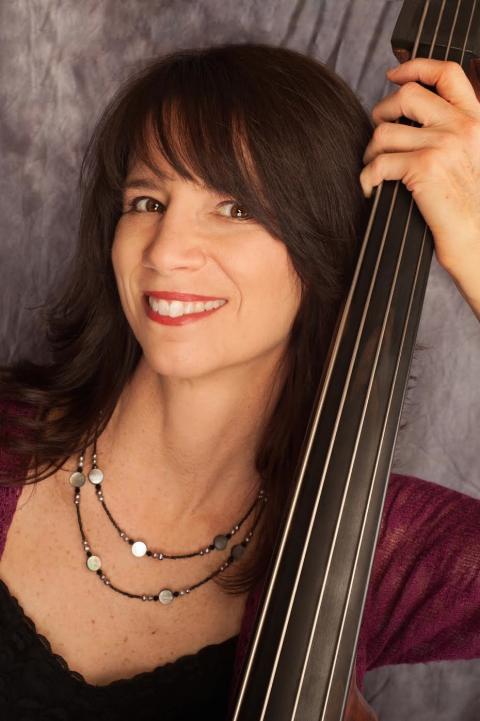Don't see what you're looking for?
Main Site
Berklee.eduCampuses and Schools

Suzanne M. Clark
For media inquiries, please contact Media Relations
Suzanne M. Clark is a professor in the Harmony Department at Berklee College of Music who also teaches in the Songwriting Department.
In 2010, Clark received the Don Wilkins Curriculum Award after authoring five courses: The Music of the Beatles, The Solo Careers of the Beatles, The Creative Flame, Integral Tai Chi, and Playing in the Key of Chi: Qigong for Musicians. She also teaches The Music of John Lennon. In 2014, Clark was featured in USA Today and on New England Cable News for the 50th anniversary of the Beatles' appearance on The Ed Sullivan Show. She also guest lectured on Lennon for a Harvard University program.
Clark is a bassist who has played and recorded in a variety of genres, including musical theater, jazz, world, and contemporary music. She has performed and given clinics in New England, Pennsylvania, New York, the Caribbean, and Sweden. She was a guest lecturer at Northwood University's Creativity Conference, where she focused on musical creativity. Clark also teaches an online graduate course, Seminar in Creativity, which focuses on creative blocks of creative artists and is based on research and studies related to her Master of Arts in Critical and Creative Thinking.
- Acoustic bass player
- Coleader, with guitarist Pat Drain, of the jazz duo Trillium
- Member of Stämbandet
- Performances with Corey Eisenberg, Mickey Julian, Suzanna Sifter, Klaus Suonsaari, and Frank Texiera
- Recordings include All the Nights Magic with Pat Drain; and Nordic Voices and Red Wine and Strawberries with Stämbandet, conducted by Allen LeVines
- Don Wilkins Curriculum Award, 2010
- M.A., University of Massachusetts
- B.M., Berklee College of Music
"Harmony is trying to put together different sounds into some kind of a system. The harmony that I'm teaching is working with sounds: establishing a tonal system, putting in splashes of color to move away from the tonality, then moving back into the tonality."
"We call it 'music theory' because in a sense it is theoretical until you actually put it to sound. So I try to stress in class not to get caught up in your head to the extent that it's all calculated. In the end, you either confirm or affirm your theory by listening to it and saying, 'Yes, I hear that the leading tone wants to move to do, or that fa wants to move to mi.' I want my students to develop their own ear and make connections between what they hear outside of class and what goes on inside class."
"I'm teaching a course called The Creative Flame. I developed it because I felt a class like this would have been helpful for me as an undergraduate—to learn what it means to be a creative artist and how to work at a creative process. These issues go hand in hand with technical skill. There are external components to your craft and there are internal components. You need a mixture of both, in my opinion, not just to be successful, but to sustain that success."